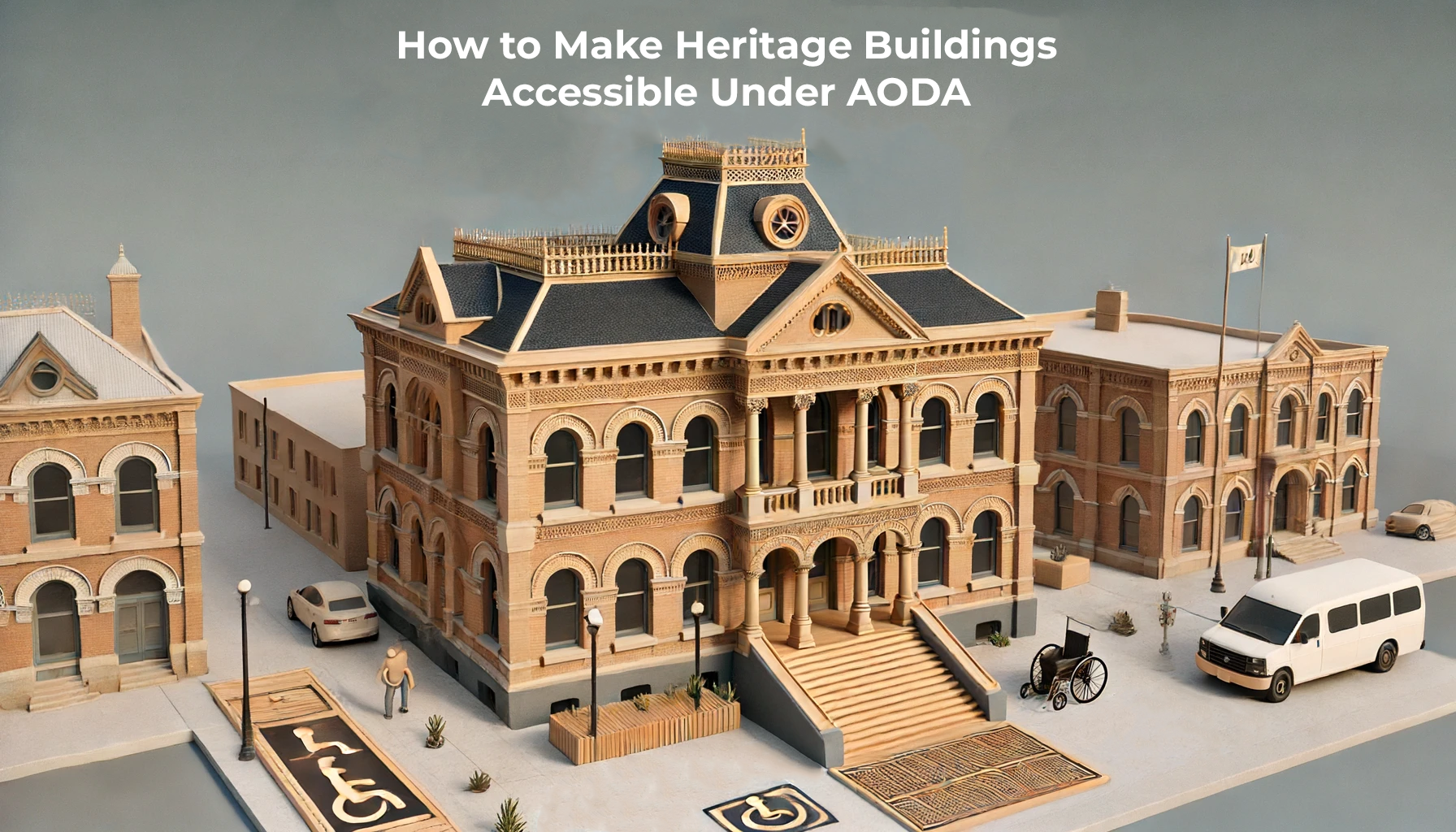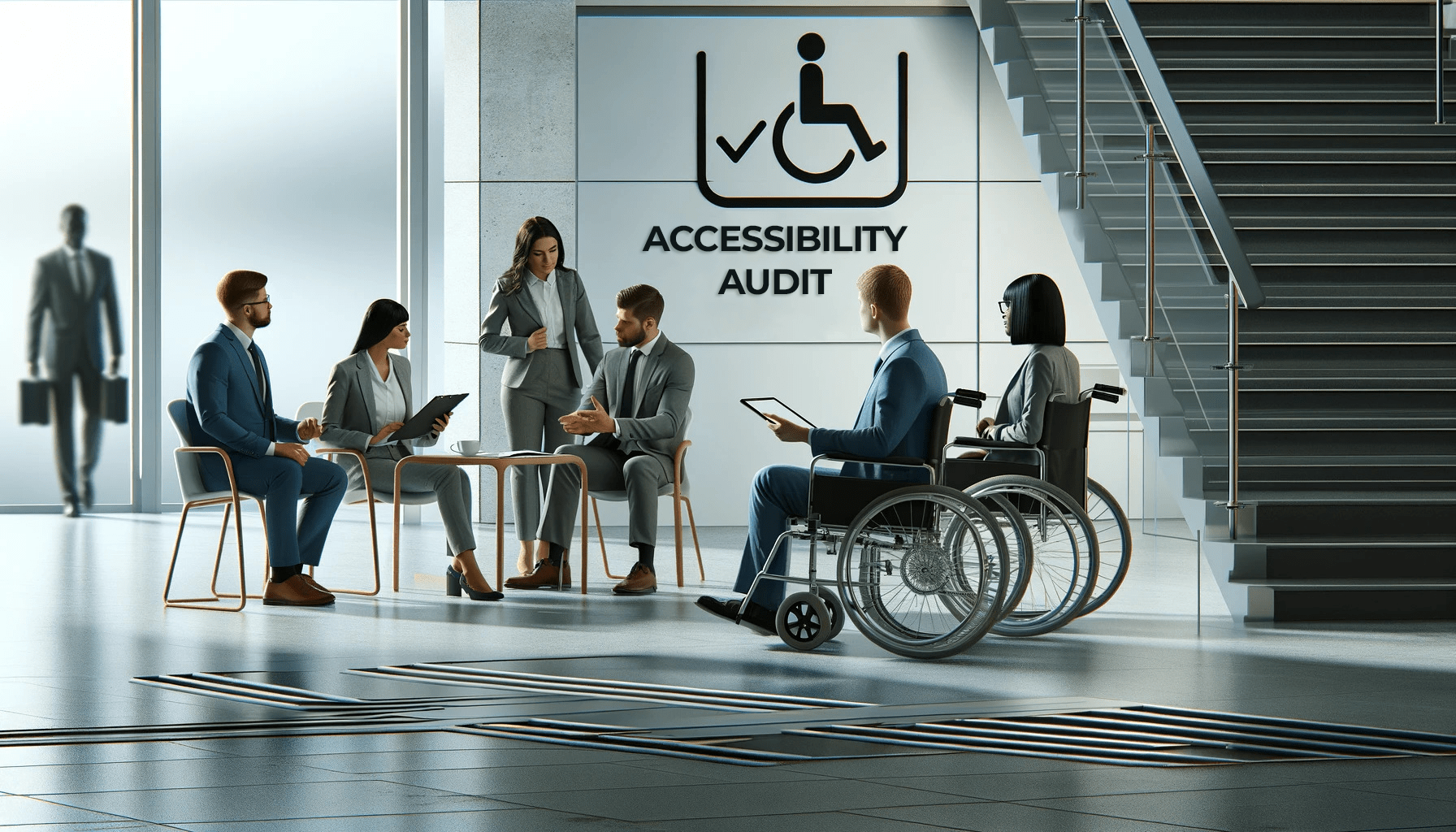
David Fourney
David Fourney is a Senior Consultant with a specialization in Lived Experience (Deaf) at Accessibility Partners. He holds an impressive background in Mechanical and Industrial Engineering from Ryerson University, where he focused on Accessible Design, alongside Master and Bachelor degrees in Computer Science from the University of Saskatchewan.
David brings over 15 years of expertise in Information Communications Technology and Accessibility, acting as a Subject Matter Expert in Assistive Technology. His duties include testing, design, advising, and providing remediation solutions, dedicating 70% or more of his time to projects as required.
An acclaimed and published expert in accessible software design and user experience, David possesses profound knowledge of various disability types and accessibility standards, including WCAG 2.0/2.1 and EN 301 549. His experience spans multiple sectors, including banking and municipal government, where he has consistently supported and advanced digital accessibility.
David is also actively involved in contributing to and developing internationally accepted accessibility standards. His professional certifications include CPWA accreditation from the IAAP. David is based in Saskatoon, Saskatchewan.






